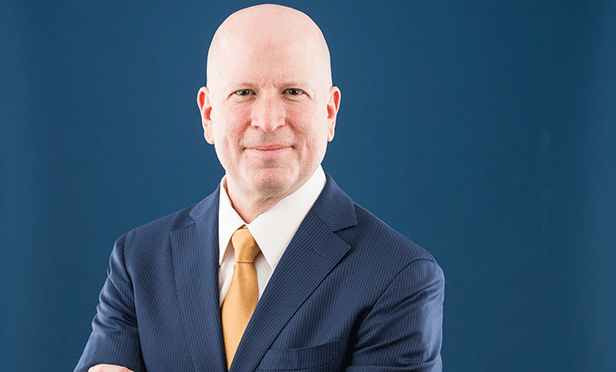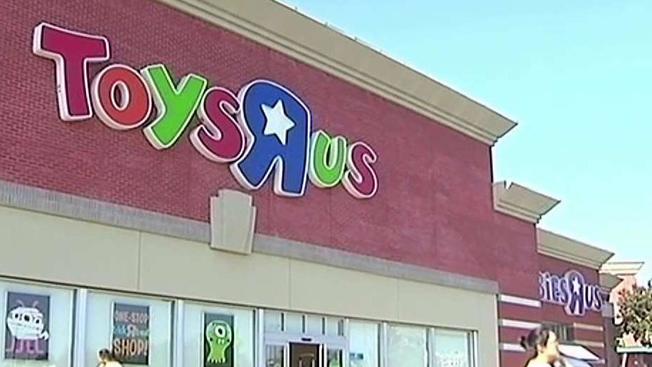[IMGCAP(1)]
IRVINE, CA—The country saw the biggest monthly increase in foreclosure activity since March 2010 as scheduled auctions posted a 24% rise during October, according to a report from RealtyTrac. Foreclosure filings increased 15% from the previous month, but are still down 8% from a year ago.
The rise is the biggest monthly increase since US foreclosure activity peaked in March 2010, the firm reports. Scheduled foreclosure auctions in judicial foreclosure states, where foreclosures are processed through the court system, increased 21% from the previous month and were up 3% from a year ago. Scheduled foreclosure auctions in non-judicial states increased 27% from the previous month and were up 14% from a year ago.
What's behind the increase? According to Daren Blomquist, VP for RealtyTrac, “The October foreclosure numbers are not a complete surprise given that over the past three years there has been an average 8% monthly uptick in scheduled foreclosure auctions in October as banks try to get ahead of the usual holiday foreclosure moratoriums. But the sheer magnitude of the increase this year demonstrates there is more than just a seasonal pattern at work. Distressed properties that have been in a holding pattern for years are finally being cleared for landing at the foreclosure auction.”
Blomquist tells GlobeSt.com it's difficult to generalize about when this trend of increased foreclosure auctions will begin to reverse itself “because these trends are very much regionally based. In the worst states, such as New Jersey and New York, it's likely going to take another two years before the trend reverses, whereas in states like California it will likely be six months to a year because the backlog of delayed auctions is not as big.”
Blomquist adds that there's still strong demand from the large institutional investors at the foreclosure auction in some markets, “but even in markets with decreasing demand at the foreclosure auction, banks can be confident in selling REO properties quickly and at a good price. That's because there is still strong demand from buyers, particularly in the lower price ranges, combined with a dearth of distressed homes listed for sale.”
Institutional investors, however, are beginning to take a back seat to other homebuyers. As GlobeSt.com reported earlier this month, sales to institutional investors—entities that purchase at least 10 properties in a calendar year—accounted for 4.3% of all sales of single-family homes and condos in the third quarter of the year, representing the lowest level since the fourth quarter of 2010, according to a report from RealtyTrac. The figure was down from 5% in the previous quarter and down from 5.3% a year ago, the firm reported.
[IMGCAP(2)]
[IMGCAP(3)]
[IMGCAP(4)]
[IMGCAP(5)]
© 2025 ALM Global, LLC, All Rights Reserved. Request academic re-use from www.copyright.com. All other uses, submit a request to [email protected]. For more information visit Asset & Logo Licensing.







